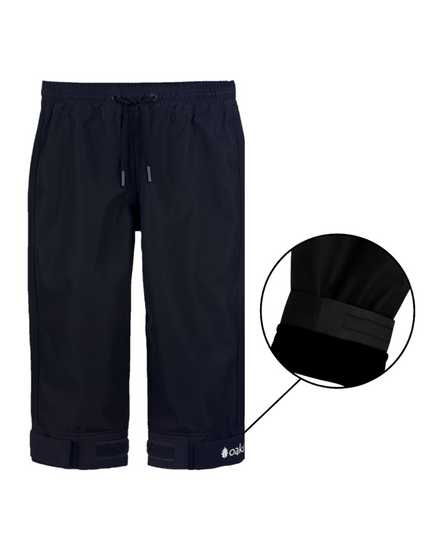What is Shinrin-Yoku (Forest Bathing)?

When Japan’s Ministry of Agriculture, Forestry and Fisheries coined the term shinrin-yoku—meaning “forest bath”—in 1982, the country was in the midst of rapid urbanization and an intensifying work culture. Long hours in fluorescent offices and growing rates of burnout were beginning to take a measurable toll on public health. Officials and medical researchers noticed something simple yet profound: Japan’s vast forests—covering more than two-thirds of its land—were not just ecological resources but potential sources of healing.
The term was introduced by Tomohide Akiyama, then Director of the Ministry. In the late 1970s and early 1980s, Japanese researchers had begun documenting measurable physiological benefits from time spent in forests, including reductions in stress hormones and improvements in immune function. Akiyama was familiar with these findings, particularly those linking forest exposure to the inhalation of natural tree compounds known as phytoncides, as well as other essential oils emitted by plants. Drawing on this research, he officially introduced shinrin-yoku as a public health practice—encouraging citizens to engage with forest environments for relaxation, restoration, and overall well-being—and helped establish national guidelines for its implementation.
The ministry launched shinrin-yoku as part of a broader national health initiative to encourage citizens to reconnect with nature. The idea was elegant in its simplicity: one could “bathe” in the atmosphere of the forest—not by swimming or exercising, but by breathing, listening, and moving slowly among trees. Early programs were organized through forest agencies and local municipalities, designating specific “therapy forests” (森林セラピー基地, shinrin "therapy"-kichi) where participants could take guided walks designed to reduce stress and improve mood.
Over the following decades, Japanese researchers, including Dr. Qing Li of Nippon Medical School, began measuring the physiological effects of shinrin-yoku. Their studies documented reductions in blood pressure and cortisol, as well as increases in natural killer (NK) cell activity—findings that helped legitimize forest bathing as a form of preventive medicine rather than a mere pastime. By the 2000s, the practice had spread beyond Japan’s borders, inspiring “forest therapy” programs in South Korea, Scandinavia, and eventually North America and Europe.
Today, shinrin-yoku remains both a cultural tradition and a scientific field. Japan now has more than 60 officially designated forest-therapy sites, each maintained to optimize sensory and ecological immersion—dense cedar and cypress forests, mossy trails, and the constant background music of wind and water. What began as a modest public-health experiment has evolved into a global movement grounded in the simple, ancient truth that being among trees is good for us.
The good news is you don’t need to travel to Japan to experience the forest’s restorative power. Scientific research shows that even brief encounters with nature can yield measurable benefits. A 2019 study in Frontiers in Psychology by M. Hunter and colleagues found that forest bathing is most effective with 20–30 minutes of sitting or walking in a natural environment, producing a 21% per hour decrease in salivary cortisol. Likewise, research led by Dr. Yoshifumi Miyazaki at Chiba University showed that a 15-minute forest walk reduced pulse rate by about 4% and cortisol by 12–16% compared with time spent in urban settings.
Shinrin-yoku reminds us that wellness doesn’t always come from medical invention but from return—from finding our place outdoors and experiencing symbiosis with the living world. Whether it’s a quiet walk beneath neighborhood trees or an hour spent listening to wind move through pine needles, the forest offers a healing home.





